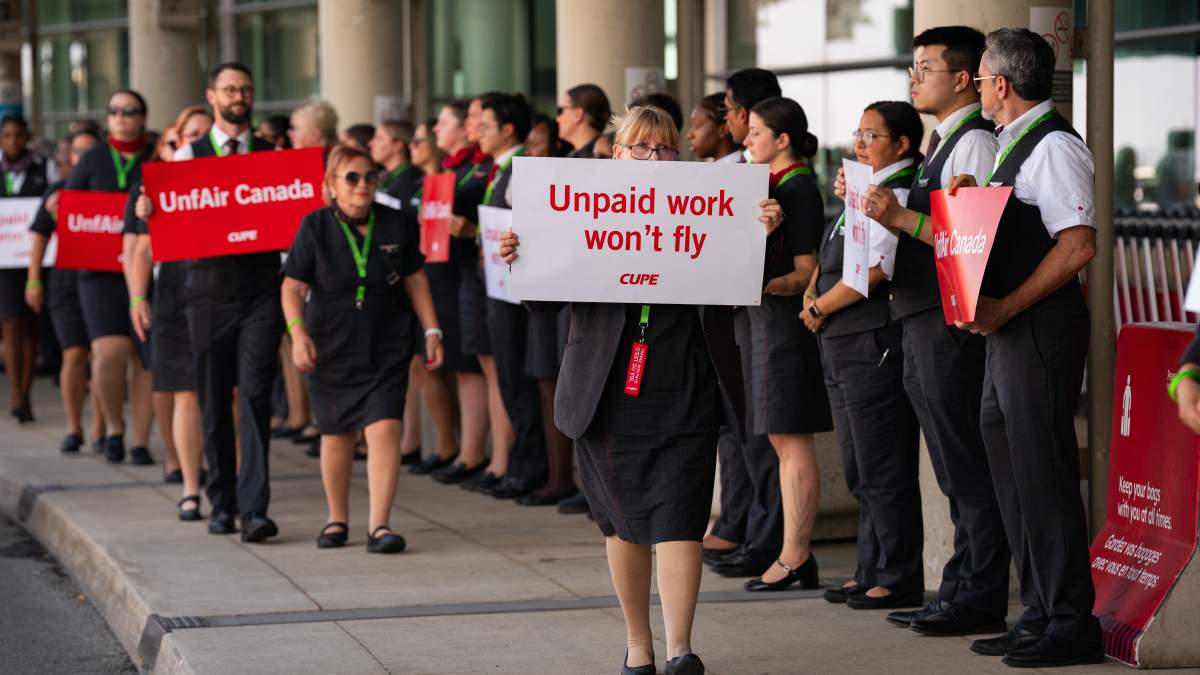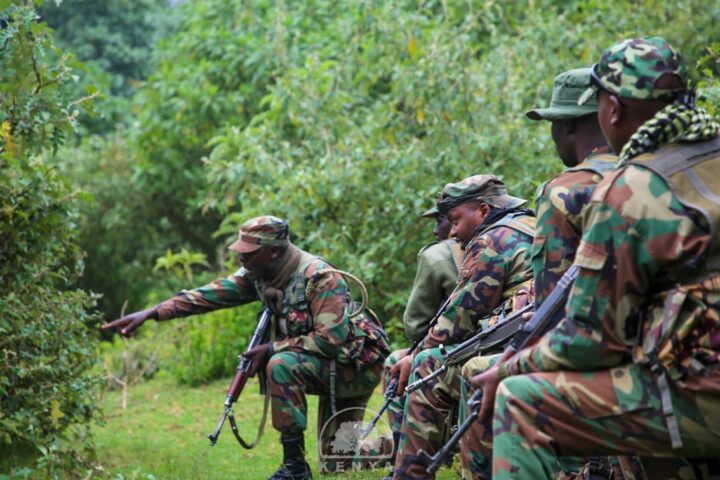Air Canada has entered one of the most turbulent moments in its history after announcing the suspension of its profit forecast for both the third quarter and the full year. The decision comes as the airline faces an ongoing strike by more than ten thousand flight attendants who have chosen to defy a government-backed order to return to work. The standoff has created a ripple effect across the aviation industry, disrupted thousands of travel plans, and left the airline’s financial outlook in doubt.
The strike has brought operations nearly to a halt, leaving countless passengers stranded and scrambling for alternative flights. Normally, Air Canada moves over a hundred thousand people a day, but with flight attendants refusing to return, cancellations and delays are dominating schedules. The Canada Industrial Relations Board recently ruled the strike unlawful and ordered the employees back under binding arbitration, yet the union has refused to comply. Instead, the Canadian Union of Public Employees, which represents the flight attendants, insists that arbitration only benefits the airline while doing little to resolve the root issues that have long frustrated workers.
At the center of the conflict is the question of fair compensation. Flight attendants in Canada are only paid while the plane is moving, meaning crucial duties like boarding, safety checks, and cabin preparation are unpaid. Workers argue this leaves them earning far less than advertised wages and, in some cases, below minimum wage. Similar practices in the United States have faced criticism in recent years, prompting airlines there to adjust their policies. Air Canada has offered a new deal that includes a 38 percent increase in total compensation over four years, with a significant raise in the first year. The company also promised improvements to pensions, benefits, and rest periods, and it pledged to begin compensating ground duties. Executives described the proposal as the most generous in Canadian aviation.
Despite these promises, the union rejected the deal. Representatives say the wage increases fail to match inflation and do not adequately address the unpaid work issue. From their perspective, the offer still leaves attendants undervalued and overworked. They have framed their fight as one not just about wages but about dignity and fairness in the workplace. With neither side willing to budge, the dispute quickly escalated. The union issued a strike notice, and the airline countered with a lockout notice. Flights were disrupted even before the strike began, with customers left uncertain about their travel plans in the middle of peak summer demand.

The federal government soon intervened, directing binding arbitration and calling on attendants to return to work. Jobs Minister Patty Hajdu invoked rarely used powers under labor law to force a resolution, emphasizing the importance of restoring operations during a busy travel season. However, the union views this as an infringement on the constitutional right to strike, and they have chosen open defiance. Such resistance to a back-to-work order is unusual in Canada, and the confrontation is raising difficult questions about the limits of labor rights when essential services are at stake.
For passengers, the immediate impact has been frustrating and costly. Families on vacation, business travelers, and international visitors have all faced canceled flights, long waits, or rebooking struggles with limited alternatives. Refunds have been offered, but the sheer volume of demand means many travelers are still stranded. Airports across the country have become hubs of uncertainty, with scenes of confusion and disappointment playing out daily.
For the broader airline industry, the dispute is also a warning sign. As airlines around the world grapple with labor shortages, rising costs, and worker dissatisfaction, the demands of Air Canada’s flight attendants highlight a global debate over compensation and working conditions. Paying employees only for time spent in the air may no longer be sustainable in a competitive and changing labor market.
Air Canada’s suspension of its profit forecast is a signal of how serious the situation has become. By withdrawing financial guidance, the company is effectively admitting it cannot predict revenues until operations return to normal. Investors, customers, and industry analysts are all waiting to see whether negotiations resume, whether arbitration is enforced, or whether political leaders are forced to take stronger action.
At its core, this standoff is about more than one airline’s finances. It is about how much value is placed on the work that keeps passengers safe and planes in the air. Until the underlying issues of pay and recognition are resolved, the strike will continue to symbolize the growing tension between corporate stability and workers’ rights. For now, Air Canada remains grounded by more than just an illegal strike—it is grounded by a deep dispute over fairness, respect, and the future of work in the aviation industry.















